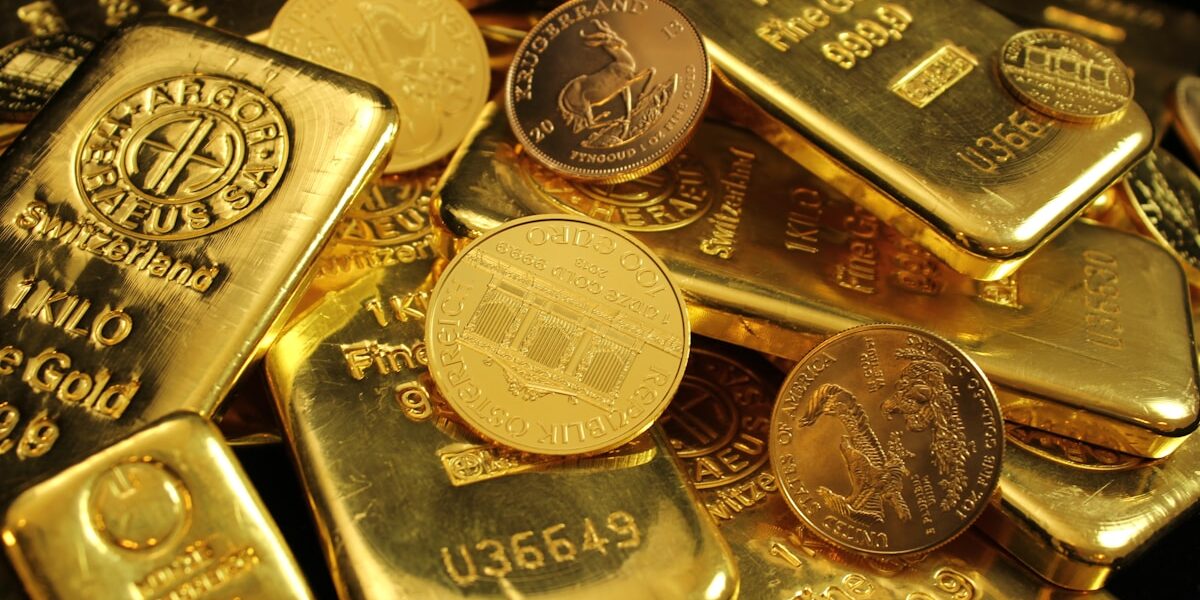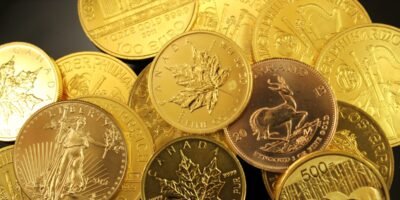Understanding the Value of a Half Dollar
The half dollar has been an integral part of American currency since the late 18th century. While its usage in everyday transactions has decreased over the years, it remains a significant piece among coin collectors and history enthusiasts. To understand how much a half dollar is worth, it’s crucial to consider a few factors: its historical context, composition, rarity, and current demand in numismatic markets.
Historical Context of the Half Dollar

Introduced in 1794, the half dollar quickly established its place in American commerce. The first designs, such as the Flowing Hair and Draped Bust, reflected the new nation’s aspirations. Over time, the half dollar featured iconic designs like the Walking Liberty, the Franklin half dollar, and the Kennedy half dollar — minted following President John F. Kennedy’s assassination in 1963.
Composition and Minting Changes
The metal content of half dollars has changed over the decades. Initially, they were made primarily of silver. From 1794 to 1964, most half dollars consisted of 90% silver and 10% copper. However, the Coinage Act of 1965 marked a shift. Due to rising silver prices, the U.S. Mint reduced silver content, producing coins with a 40% silver composition from 1965 to 1970. By 1971, the Mint entirely removed silver from circulating half dollars, transitioning to a copper-nickel composition.
Value Based on Metal Content
Coins with silver content, especially those minted before 1965, can have significant melt value. Melt value refers to the value of the coin’s metal content. For instance, a 90% silver half dollar might have a melt value that exceeds its face value during high silver market prices. The current melt value fluctuates with silver market prices, making these coins desirable for both collectors and investors.
Numismatic Value: Rarity and Demand
Beyond metal content, a half dollar’s value may surge due to rarity and demand in numismatic circles. Coin collectors often look for specific years, mint marks, and condition. Factors like historical significance and limited minting impacts rarity. For instance, the 1892-S Barber half dollar is a sought-after coin, with few surviving specimens today.
The Kennedy Half Dollar: An Iconic Coin
The Kennedy half dollar deserves particular attention. Its immediate creation in 1964 commemorated a beloved U.S. president, resulting in high initial demand. Despite significant minting, certain variations, like the 1970-D or the 1964 Proof, draw collector interest. The coin remains in sporadic circulation, often minted for collections rather than everyday use.
Grading and Condition
Condition plays a vital role in determining a collectible coin’s market value. Coins are graded on a scale from Poor to Mint State. A pristine, uncirculated example fetches a higher price than a worn, circulated piece. Professional grading services like PCGS or NGC offer detailed assessments. These services, though adding to cost, assure quality and authenticity for collectors.
Current Market and Trends
The value of a half dollar can be influenced by the broader numismatic market. Trends affect demand. Coins can gain popularity when featured in media or numismatic publications. Auction results and high-profile sales also influence market perception. Staying informed helps collectors and investors optimize their portfolio’s value.
Factors Affecting the Worth
- Metal Market: Especially for those with precious metals, market value fluctuations impact coin worth.
- Historical Significance: Key events or figures linked to a coin increase its desirability.
- Limited Mintage: Fewer coins usually drive higher collector interest.
- Collector Trends: A popular theme can shift demand notably.
Practical Tips for Appraising Half Dollars
Begin by identifying the coin’s year and mint mark. Mint marks denote the mint location, affecting value. Examine the coin’s condition. Use a magnifying glass for detail. Consider professional grading if uncertain about a coin’s condition. Refer to price guides and auction results for recent market data. Stay updated with newsletters and numismatic forums. These provide insights and potential opportunities for both discovering and investing in notable coins.
Conclusion
Understanding the value of a half dollar goes beyond its face value. It involves recognizing historical contexts, examining physical attributes, and staying informed about market trends. Whether for collecting or investing, these coins offer a unique glimpse into U.S. history and monetary evolution.
Recommended Collecting Supplies
Coin Collection Book Holder Album – $9.99
312 pockets for coins of all sizes.
20x Magnifier Jewelry Loupe – $13.99
Essential tool for examining coins and stamps.
As an Amazon Associate, we earn from qualifying purchases.




Subscribe for Updates
Get the latest articles delivered to your inbox.
We respect your privacy. Unsubscribe anytime.